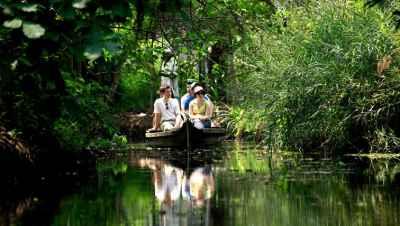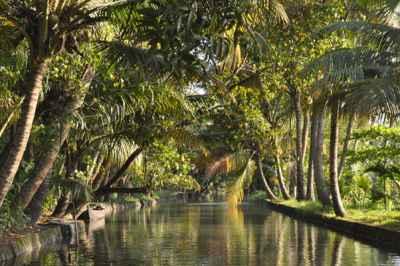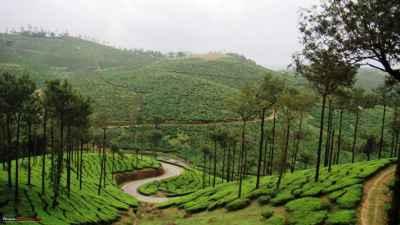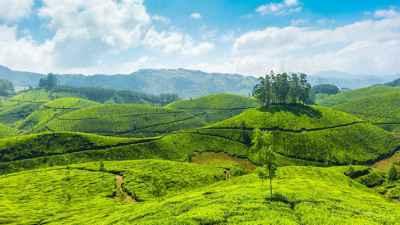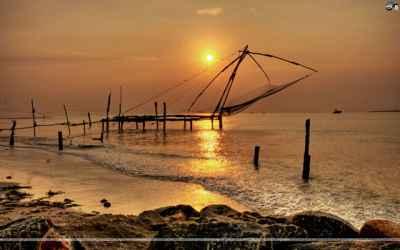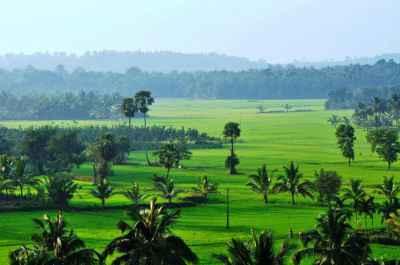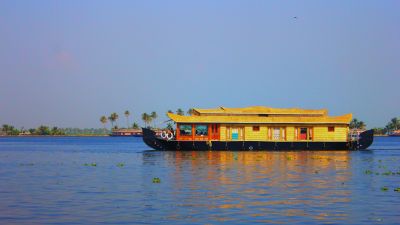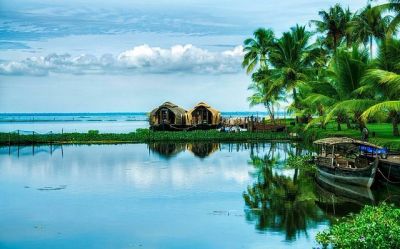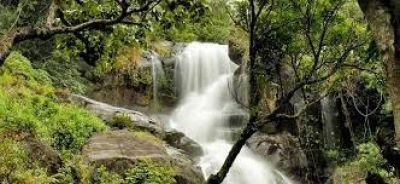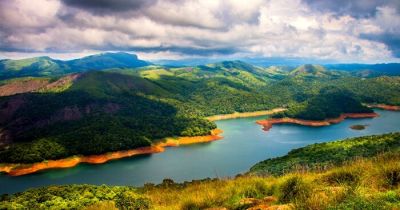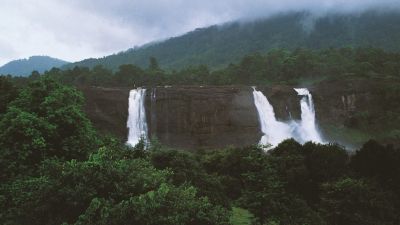Kerala’s Majestic Palmyra Trees: A Symbol of Survival
Kerala is known for its enchanting backwaters, pristine beaches, and lush green landscapes. But there is one sight that truly captures the essence of the state's beauty and resilience - the majestic Palmyra trees. These tall, slender trees with their graceful leaves and towering trunks are a symbol of survival, standing strong against the tests of time and nature.
The Palmyra Trees of Kerala
The Palmyra tree, also known as the Borassus flabellifer, has been an integral part of Kerala's landscape for centuries. These resilient trees can be found in abundance along the coastal regions and backwaters, thriving in the hot and humid climate of the state. They have played a significant role in the lives of the people of Kerala, providing them with a myriad of benefits.
The Palmyra tree is often referred to as the "tree of life" due to its numerous uses and contributions to the local community. Every part of the tree is utilized, leaving no waste behind. From the sweet sugary sap to the sturdy timber, the Palmyra tree has proven to be a valuable resource for the people of Kerala.
1. Palmyra Toddy
One of the most iconic uses of the Palmyra tree is the extraction of toddy, a mildly alcoholic beverage. The sap is tapped from the tree by skilled climbers who scale the towering trunks using traditional methods. The toddy, collected in earthen pots tied to the tree, is then fermented and enjoyed by locals. This age-old tradition has become a part of Kerala's culture and heritage.
2. Palmyra Palm Sugar
The Palmyra tree also yields a sweet sap that is collected and processed into palm sugar. This natural sweetener is an essential ingredient in many traditional Kerala dishes, adding a unique flavor to delicacies like Payasam (a sweet rice pudding) and Neyyappam (a deep-fried snack). Palmyra palm sugar is a healthier alternative to refined sugar, making it a popular choice among health-conscious individuals.
3. Palmyra Leaves
The long, fan-shaped leaves of the Palmyra tree are used for various purposes. They are woven together to create roofs for traditional houses, providing natural insulation against the tropical heat. The leaves are also used as plates and bowls, replacing disposable plastic and paper products. Their flexibility and strength make them ideal for carrying heavy loads and wrapping food items.
4. Palmyra Timber
The trunk of the Palmyra tree is a valuable source of timber. It is used in construction for making furniture, boats, and other wooden artifacts. The strong and durable qualities of Palmyra timber make it highly sought after, and its use helps reduce the demand for other non-sustainable sources of wood.
The Significance of Palmyra Trees
The Palmyra trees of Kerala not only provide valuable resources but also serve as an important symbol of resilience and sustainability. These trees have withstood the test of time, surviving natural disasters like cyclones and floods that have ravaged the region. Their deep roots and sturdy trunks anchor them firmly in the ground, allowing them to stand tall even in the face of adversity.
The Palmyra trees also have cultural and religious significance in Kerala. They are often found near temples and are considered sacred by the local community. The leaves of the tree are used during auspicious occasions and festivals, symbolizing prosperity and good fortune.
Preserving Kerala’s Palmyra Trees
While the Palmyra trees have been an integral part of Kerala's ecosystem for centuries, they are facing numerous threats in the modern world. Deforestation, urbanization, and climate change pose significant challenges to their survival. Efforts are being made to preserve and protect these majestic trees, as they are not only a part of Kerala's heritage but also essential for maintaining ecological balance.
Local organizations and government agencies are working towards creating awareness about the importance of Palmyra trees and promoting sustainable practices. Initiatives have been taken to plant saplings, conserve existing trees, and educate the public about the significance of preserving Kerala's natural treasures.
Conclusion
The Palmyra trees of Kerala stand as a testament to the state's resilience and strength in the face of challenges. They provide sustenance, livelihood, and cultural significance to the people, making them an integral part of Kerala's identity. Preserving these majestic trees is not only crucial for Kerala's ecosystem but also for maintaining the rich cultural heritage of the state. Let us celebrate and protect the Palmyra trees, ensuring their survival for generations to come.
Share this blog post to spread the word about Kerala's majestic Palmyra trees and the need to preserve them!
Disclaimer : The information provided in this blog is for general informational purposes only. While we strive to keep the content accurate and updated, TravelSetu assumes no liability for errors or omissions. If you believe any part of this blog infringes your rights or causes concern, please notify us immediately at info[at]travelsetu[dot]com so that appropriate action can be taken.

